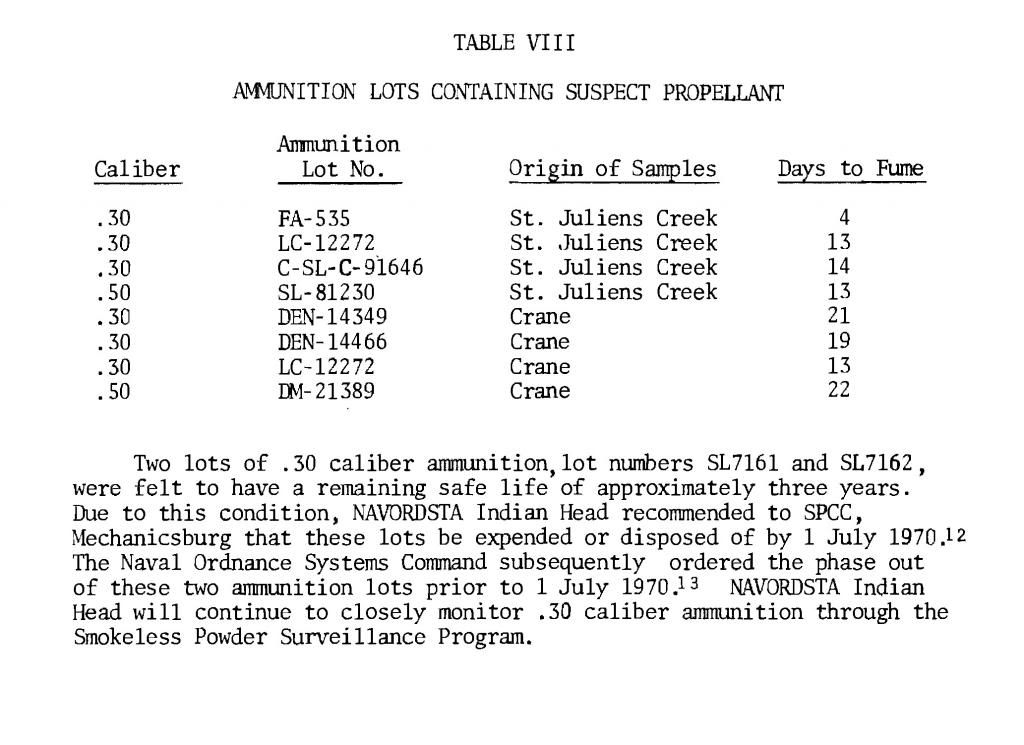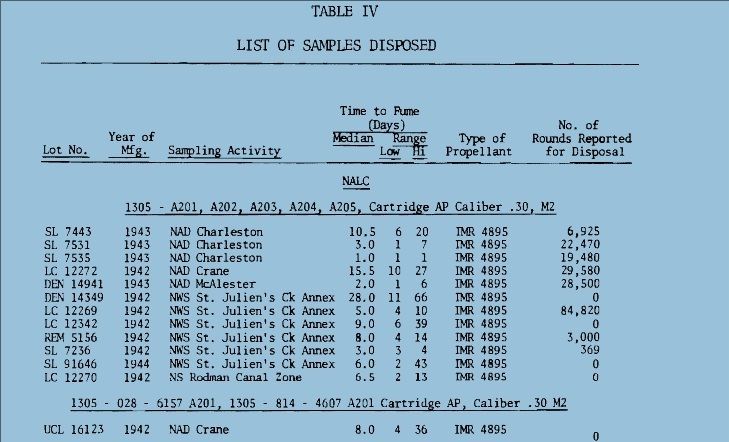Ole 5 hole group
New member
It might help some people to just google gunpowder shelf life and do a little reading. I don't doubt slamfires comments or experiences - his experiences are just different from mine and all the shooters that I have known. I also have no idea why some commerical ammo goes to hell in a hand basket.
One example I'll mention is Hodgdon powder, namely the H4831 was 1st on the market back in the 1950’s and to my understanding was actually military surplus powder made back in the 1930’s. There are some people still shooting that “original” powder and it is performing as good today as it did back in the 1950’s.
I think Hodgdon ran out of that particular military surplus powder back in the ‘70’s and thereafter labeled their containers “newly manufactured” and that powder was sold in the ole paper container colored red & black with a black plastic cap. That "newly manufactured" powder is still going strong today.
I have never come across any smokeless gun powder that smelled “good” regardless of age, that didn’t perform as expected. In all my years of reloading, I’ve only come across one case of IMR-4350 in the brown metal can with red cap having white & brown lettering that went bad while stored in ideal conditions for about 20 years. When given the sniff test it failed badly!! I suspect it was the containers that broke the powder down, as I had some of that powder from that particular case stored in my "plastic pharmaceutical pill reloading bottle" that never went bad and it's is still good today.
In my opinion, most smokeless gun powder will outlive the user if stored in “reasonable” conditions over the years and all that is needed to determine if the powder is good or not is your sense of smell.
One example I'll mention is Hodgdon powder, namely the H4831 was 1st on the market back in the 1950’s and to my understanding was actually military surplus powder made back in the 1930’s. There are some people still shooting that “original” powder and it is performing as good today as it did back in the 1950’s.
I think Hodgdon ran out of that particular military surplus powder back in the ‘70’s and thereafter labeled their containers “newly manufactured” and that powder was sold in the ole paper container colored red & black with a black plastic cap. That "newly manufactured" powder is still going strong today.
I have never come across any smokeless gun powder that smelled “good” regardless of age, that didn’t perform as expected. In all my years of reloading, I’ve only come across one case of IMR-4350 in the brown metal can with red cap having white & brown lettering that went bad while stored in ideal conditions for about 20 years. When given the sniff test it failed badly!! I suspect it was the containers that broke the powder down, as I had some of that powder from that particular case stored in my "plastic pharmaceutical pill reloading bottle" that never went bad and it's is still good today.
In my opinion, most smokeless gun powder will outlive the user if stored in “reasonable” conditions over the years and all that is needed to determine if the powder is good or not is your sense of smell.
Last edited:


